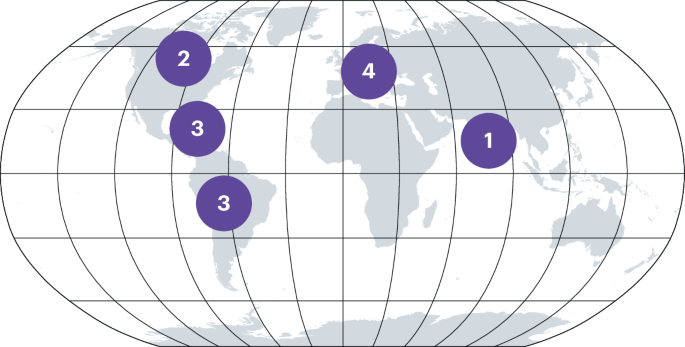Now Reading: Scientists Engineer Mitochondrial DNA Deletions to Advance Disease Research
-
01
Scientists Engineer Mitochondrial DNA Deletions to Advance Disease Research
Scientists Engineer Mitochondrial DNA Deletions to Advance Disease Research
Quick Summary
- topic: research into genetic engineering of mitochondrial DNA (mtDNA) to study mitochondrial diseases.
- Published: 14 April 2025 in Nature Biotechnology.
- Research Highlights:
– Fu et al. have developed a method for targeted large-scale mtDNA deletions by co-expressing end-joining machinery from Mycobacterium or T4 bacteriophage with specific endonucleases.
– Study models heteroplasmy (mix of normal and mutated mtDNA within cells) to examine its impact on disease manifestations.
– A threshold of ~75% heteroplasmy was identified, beyond which cells show impaired oxidative phosphorylation, reduced growth, and metabolic disruptions in teh TCA cycle and aspartate levels.
– Single-cell sequencing revealed deregulated nuclear gene expression programs linked to increased heteroplasmy.
Potential Implications: Findings enhance understanding mechanisms behind mitochondrial diseases and their progression at cellular levels.
Indian Opinion Analysis
This research underscores significant progress in genetic engineering, specifically targeting mitochondrial disorders that are notoriously difficult to treat due to the unique biology of mitochondria lacking double-strand break repair mechanisms. For India-a country with advancing biotechnology capabilities-such work holds critical value for both healthcare innovation and research collaboration on rare genetic diseases prevalent among diverse populations.The study’s approach could inspire domestic centers specializing in personalized medicine or genome editing initiatives like CRISPR-related projects undertaken in Indian institutions such as CSIR or IITs. Additionally, understanding mtDNA thresholds tied to disease severity might pave paths toward more precise diagnostics or interventions tailored for india’s broad population demographics where inherited disorders often go undiagnosed.
However, scalability remains a challenge; translating lab findings into accessible treatments will require substantial investment alongside policy-making that balances safety and ethics surrounding human genetic manipulation technologies.























